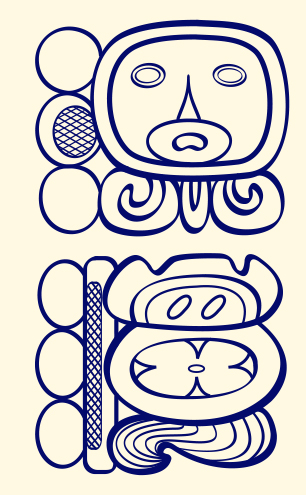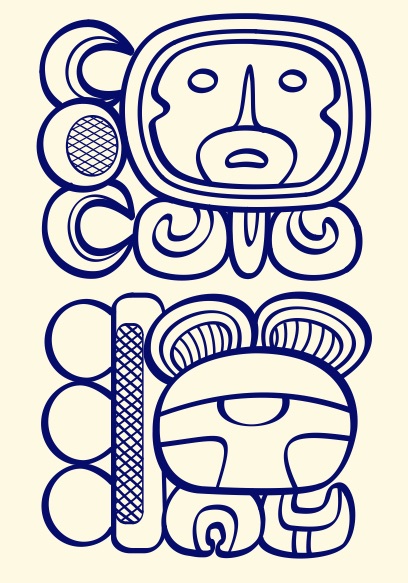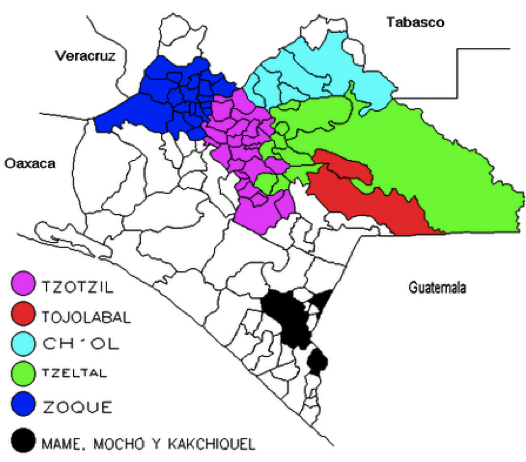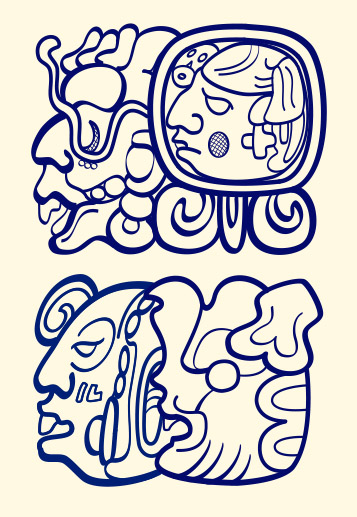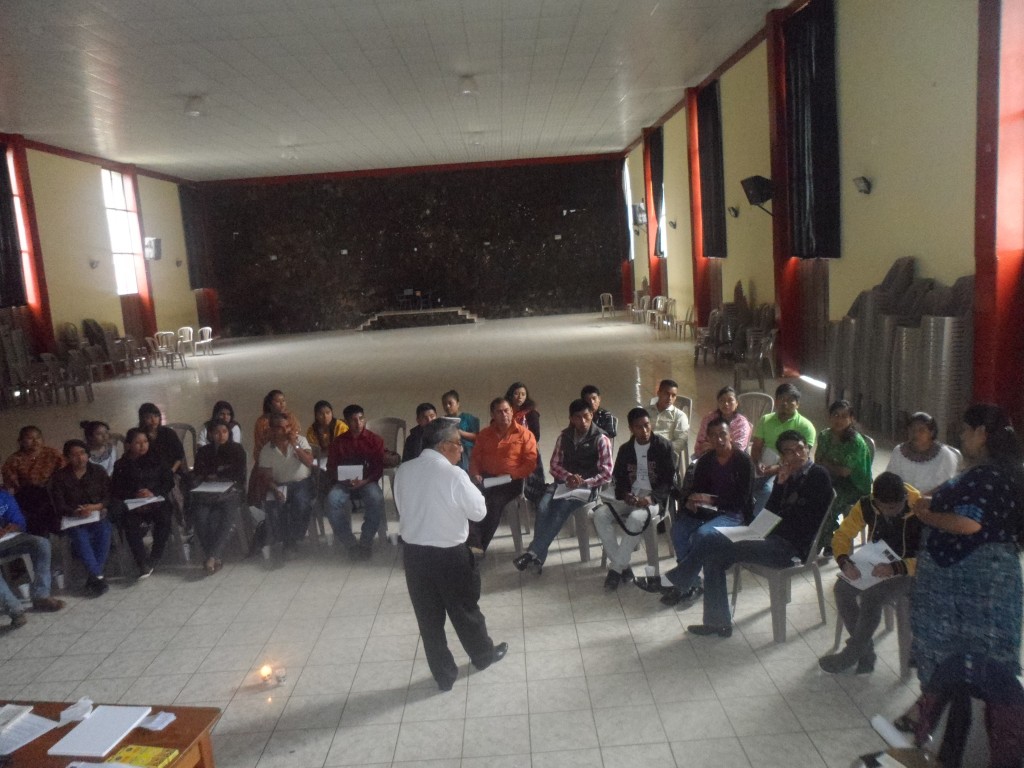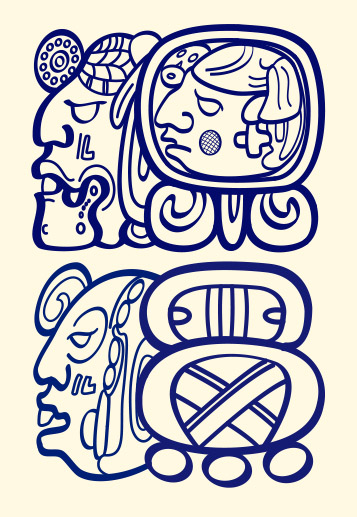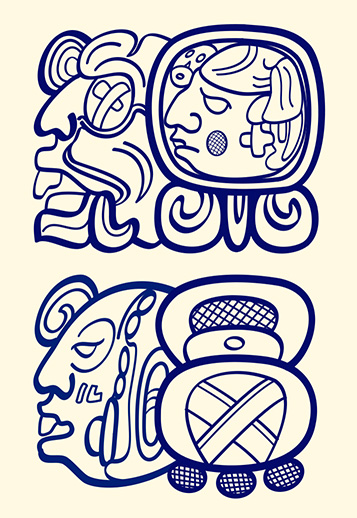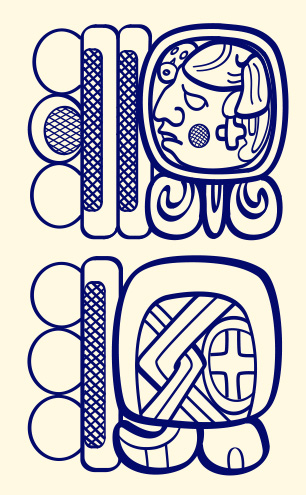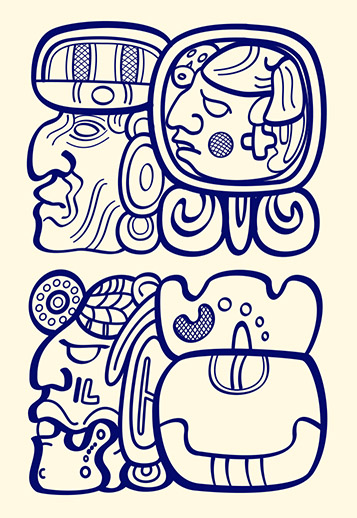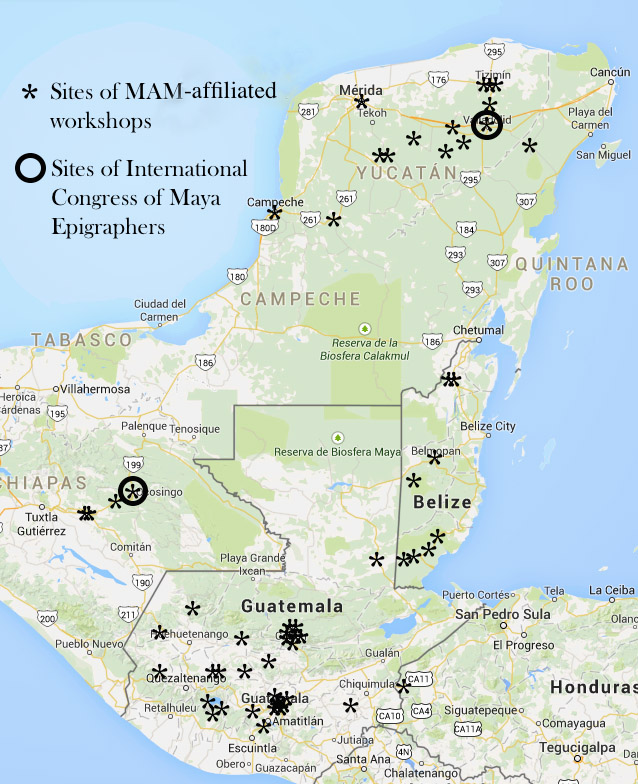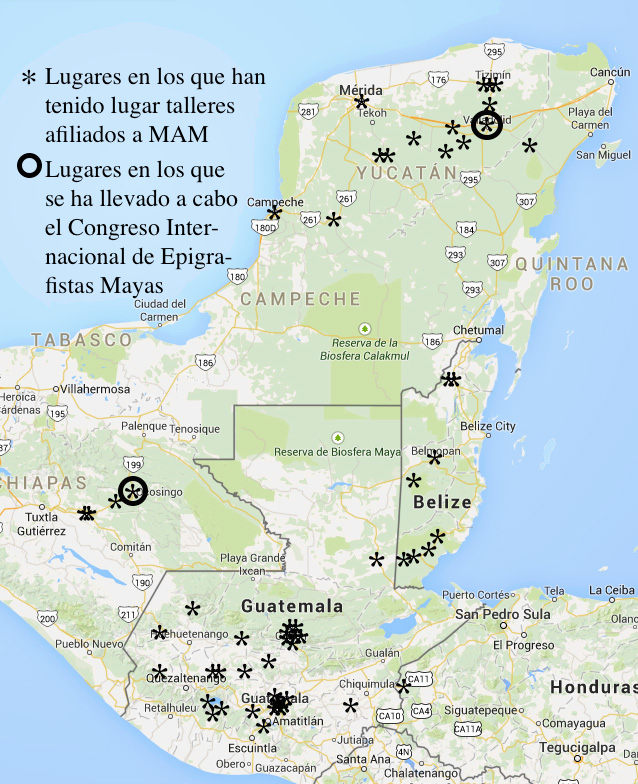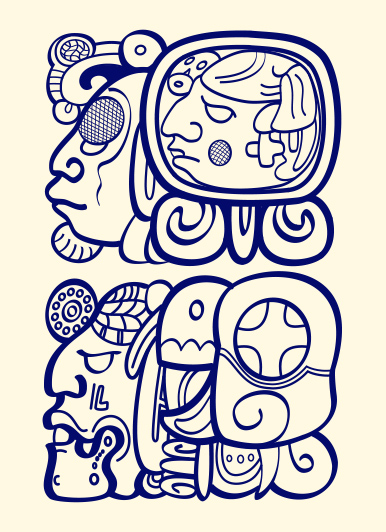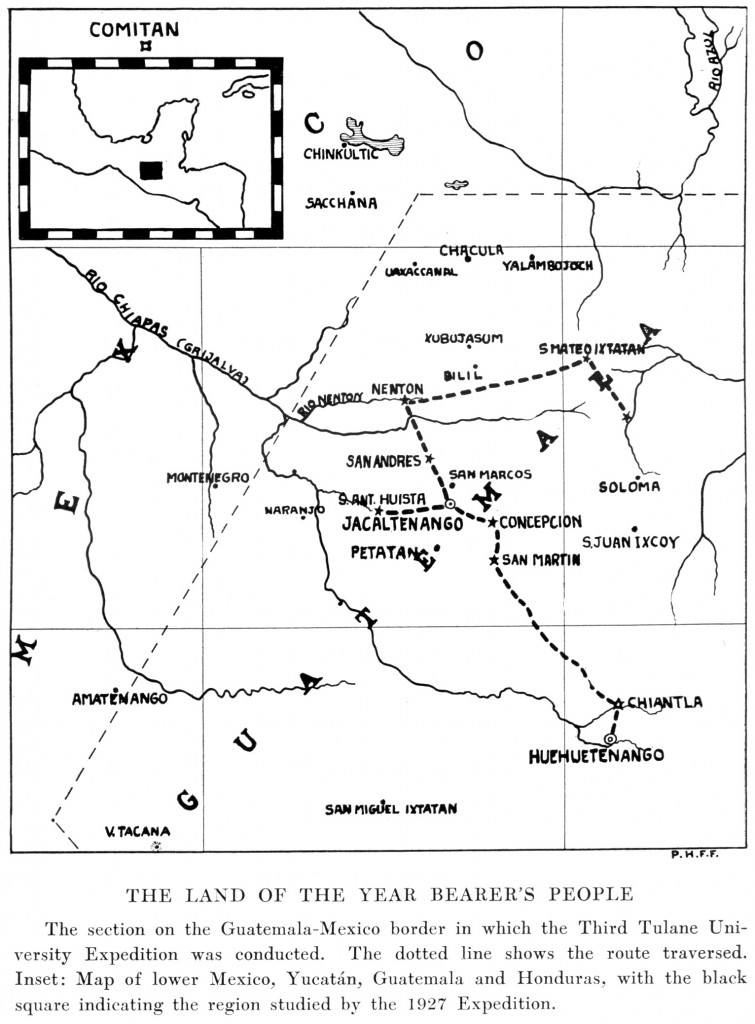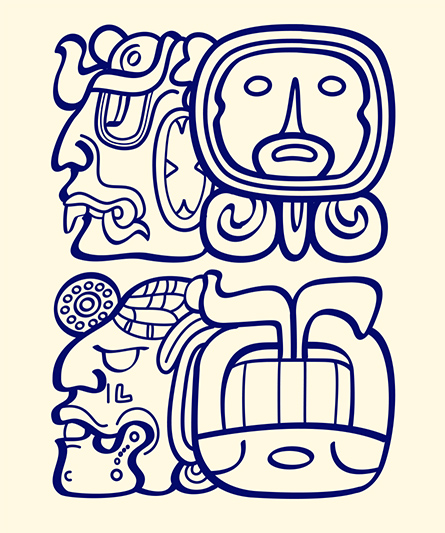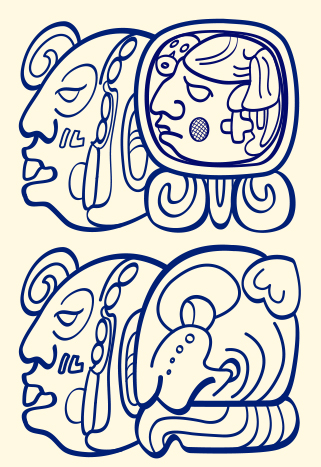
Report from El Estor, Izabal, Guatemala
Maya Epigraphy Workshop forQ’eqchi’ Maya-speaking Teachers
Wajxaqib’ Ajmaq, April 6, 2015
B’eleeb No’j, April 7, 2015
By: Victor Maquin, Q’eqchi’ Maya-speaker, Event Coordinator
Introduction
In the head town of the municipality of El Estor, Department of Izabal, Guatemala, located in the territory of the Q’eqchi’ Maya people, on the shores of Lake Isabal, a training workshop took place on Maya epigraphy focused toward Q’eqchi’-speaking school teachers, in order to promote the recovery of Maya cultural values, specifically the ancient Maya writing and its application in the school environment.
The activity was developed with the participation of representatives, women and men, from various educational institutions from the northern region of Guatemala. The training workshop came about through the efforts of Victor Maquin, Event Coordinator, who participated in the Second International Congress of Maya Epigraphers in Ocosingo, Chiapas, Mexico, in May, 2014, and as part of the agreement to spread the acquired knowledge from the said international event, and thanks to the help of Dr. Bruce Love, president of the international organization MAM (Maya Antiguo para los Mayas) with headquarters in the United States.
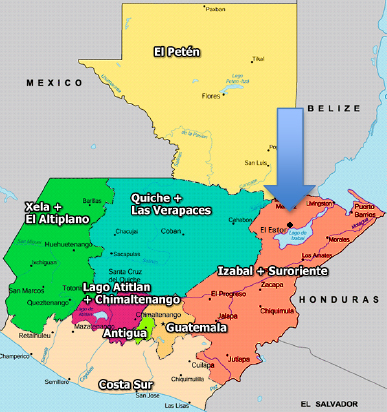

Informe del El Estor, Izabal, Guatemala
Taller de Epigrafía Maya para Docentes Mayahablantes Q’eqchi’
Wajxaqib’ Ajmaq, 6 de abril 2015
B’eleeb No’j, 7 de abril 2015
Por: Victor Maquin, Mayahablante Q’eqchi’, Coordinador del evento
Introducción
En la cabecera municipal de El Estor, departamento de Izabal, República de Guatemala, ubicado en el territorio del Pueblo Maya Q’eqchi’ a orillas del Lago de Izabal, se realizó un Taller de Formación sobre Epigrafía Maya para principiantes enfocado a docentes mayahablantes Q’eqchi’, para promover la recuperación de los valores culturales mayas, específicamente la escritura maya antigua y su aplicación en entornos escolares.
La actividad se desarrolló con la participación de mujeres y hombres representantes de varias instancias educativas de la región norte del país. El Taller de Formación se realizó por iniciativa de Victor Maquin, Coordinador del evento, que participó en el Congreso Segundo Internacional de Epigrafistas Mayas, realizado en Ocosingo, Chiapas, México en el mes de mayo del año 2014 y como parte del compromiso de replicar los conocimientos adquiridos en dicho acontecimiento internacional, gracias al apoyo del Dr. Bruce Love, presidente de la organización internacional MAM (Maya Antiguo para los Mayas) con sede en Estados Unidos.

Continue reading →

